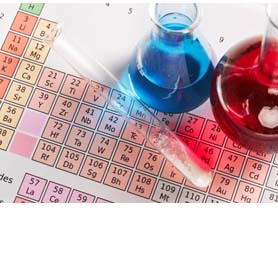Actually, Sherlock Holmes said, “Elementary, my dear Watson,” but it’s close. A collection of 118 existing elements are detailed on the periodic table and range from the most versatile, carbon, to the funny-sounding ytterbium. But what makes each element unique? The answer is actually fairly simple: the number of protons, neutrons and electrons.
When an element has the same number of protons and electrons but a different number of neutrons, it’s called an isotope. Some isotopes are stable and others last only a few nanoseconds.
Elements behave in many different ways. Some have different melting temperatures and some, like hydrogen, helium, nitrogen, oxygen and others, are gases. For instance, to turn helium (He) into a liquid you need to cool it down to -272oC. (The lowest temperature ever recorded on Earth is -89.2oC in Antarctica.) Some elements, like mercury, are liquids at room temperature. Many are solids and some, like molybdenum (Mo), have a melting temperature of 2617oC. By comparison, French fries cook at 400F, or about 204C.
The number of electrons and where they are located is important and determines the properties of the elements. Some elements, like copper (Cu), are good conductors, meaning that their properties permit the easy movement of electrons, which creates energy in the form of heat. Others, though, like sulfur (S), are better insulators because their properties prohibit or hinder the movement of electrons so they don’t tend to heat up.
Some really neat elements are called semiconductors because sometimes they conduct electrons and other times they don’t. One famous semiconductor is silicon (Si), which, depending on what other molecules are around, can sometimes act as an insulator and other times as a conductor.
But perhaps the most versatile of all the elements is carbon (C), which can do all sorts of things like be made into diamonds, the kind of graphite we find in pencils, and even some of the coolest nanoelectronics circuits.


